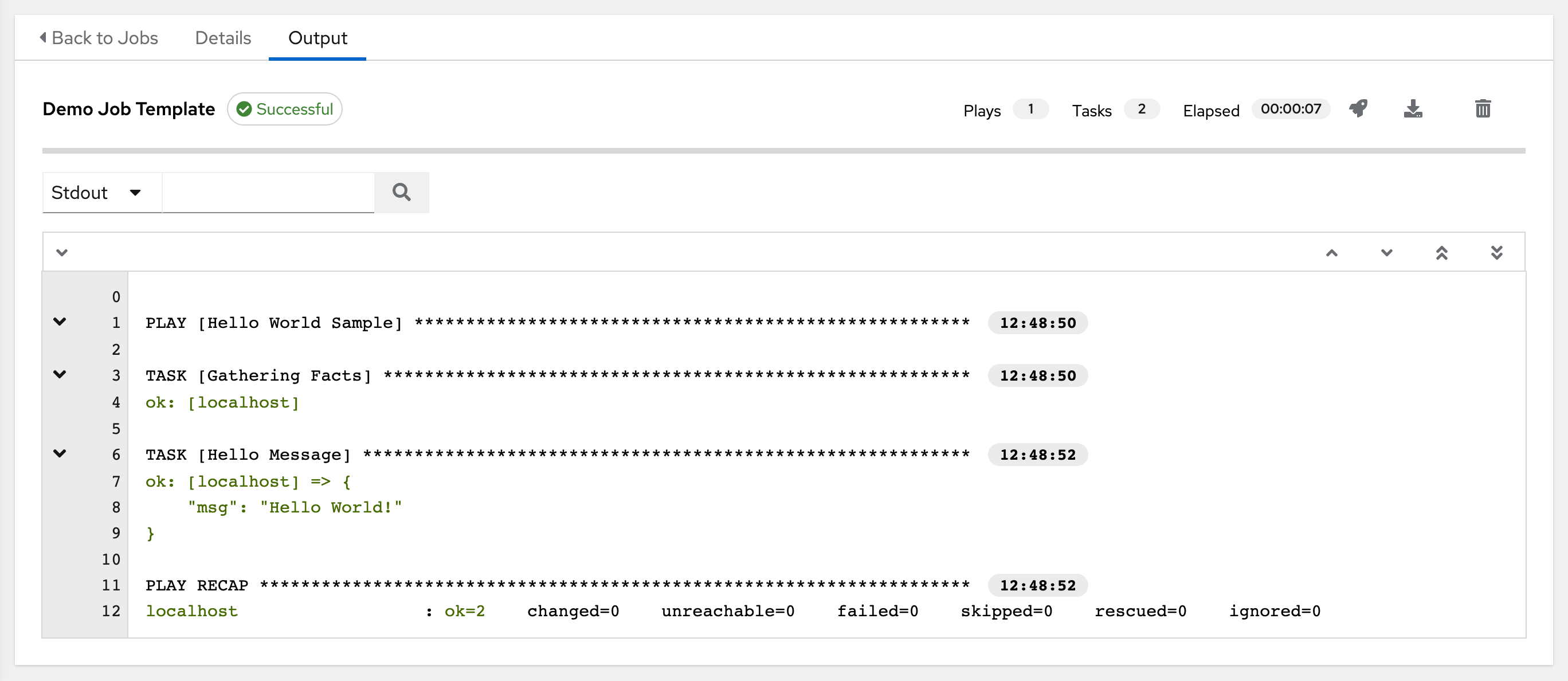Ansible, Explained Simply for Programmers
Ansible is very confusing to learn for the first time because of its jargon. What is the difference between plays, roles, and tasks? This blog attempts to answer this question using analogies to programming concepts.
The writing style here aims to be blunt, opinionated, and over-simplified…
In casual words, "Ima keep it real with you chief." You are probably curious about Ansible because you want to save yourself time. If that does not describe you, go read the official documentation or take a full-fledged Ansible course. Links to those can be found on the awesome-ansible list.
What does the official documentation say?
https://docs.ansible.com/ansible/latest/getting_started/basic_concepts.html
Playbooks: They contain Plays (which are the basic unit of Ansible execution) [...]
Plays: The main context for Ansible execution, this playbook object maps managed nodes (hosts) to tasks. The Play contains variables, roles and an ordered lists of tasks [[...]
Roles: A limited distribution of reusable Ansible content (tasks, handlers, variables, plugins, templates and files) [...]
Tasks: The definition of an ‘action’ to be applied to the managed host [...]
Reading this myself, I was confused. What is a "unit of Ansible execution" v.s. "content for Ansible execution" v.s. "definition of an 'action'"?
What is Ansible?
Suppose you are trying to manage a large number of computers. You might have
a setup script which you copy to each machine and run via ssh.
Running scripts over SSH is essentially what Ansible does. Ansible provides a framework so that those scripts are standardized and somewhat easier to read.
A Play is a "Main" Function
An Ansible Playbook is a file which contains a play. A play is akin to
a main function, e.g. fn main() (Rust),
public static void main(String[] args) (Java), etc.
Roles are Functions
Ansible Roles are like functions: e.g. you might have a shell function
PARENT_DIR=/etc/foobar # global constant
create_config_folder() { # function name
local my_folder="$1" # define parameter
mkdir -p "$PARENT_DIR/$my_folder" # do the behavior
}
Ansible roles define their constants in vars/main.yml, parameters in
defaults/main.yml, and behavior in tasks/main.yml.
# roles/create_config_folder/vars/main.yml
---
parent_dir: /etc/foobar
# roles/create_config_folder/defaults/main.yml
---
my_folder: ""
# roles/create_config_folder/tasks/main.yml
---
- name: Create the configuration folder
ansible.builtins.file:
path: "{{ parent_dir }}/{{ my_folder }}"
state: directory
Use roles by specifying them in a playbook:
# my_playbook.yml
---
- hosts: webservers
roles:
- create_config_folder
Variables are set in your inventory. For example, the equivalent to running
the shell function create_config_folder with the parameter conf.d would be:
# inventory/hosts.yml
webservers:
hosts:
server-1:
my_folder: conf.d
Tasks are Statements, List of Tasks are Closures
Thankfully, Ansible Tasks are pretty intuitive. The above example contained
one task in the file tasks/main.yml:
---
- name: Create the configuration folder
ansible.builtins.file:
path: "{{ parent_dir }}/{{ my_folder }}"
state: directory
You can create separate files containing lists of tasks, and invoke them using
ansible.builtin.include_tasks:
# roles/create_config_folder/defaults/other.yml
---
- name: Create the configuration folder
ansible.builtins.file:
path: "{{ parent_dir }}/{{ my_folder }}"
state: directory
- name: Ensure the file 'example.txt' exists in the configuration folder
ansible.builtins.file:
path: "{{ parent_dir }}/{{ my_folder }}/example.txt"
state: touch
# roles/create_config_folder/defaults/main.yml
---
- name: Example of how to invoke a list of tasks
ansible.builtins.include_tasks:
file: other.yml
Best Practice: Use Roles
I suggest some best practices for beginners to follow:
- Playbooks should only contain a list of roles.
- Define a role for everything you want to do.
- The
tasks/main.ymlfile of a role should be short, e.g. <100 lines. It should describe business logic. Put implementation details in other filestasks/*.ymland call them fromtasks/main.yml.
For example, at the FNNDSC we maintain a computer lab of Linux workstations. Each Linux workstation must (1) comply with hospital IT security(-theater), (2) LDAP login, and (3) access our research NFS. Our playbook looks like:
---
- name: Provision workstation computer
hosts: workstations
become: true
roles:
- role: use_http_proxy
tags: [it, http_proxy]
- role: install_antivirus
tags: [it, antivirus]
- role: login_over_ldap
tags: ldap
- role: mount_research_nfs
tags: nfs
- Ideally, write your roles such that order does not matter. In the example
above,
use_http_proxymust run first, but the order of everything else does not matter. - Tasks can be defined in a play directly, which is depicted commonly in the official documentation. In practice, having tasks in a playbook should be done sparingly because it is not composable.
Opinionated Reality-Check
Ansible is great because of how so many people use and contribute to it. However, Ansible is old—it was first released in 2012 and written in Python 2. This is immediately apparent in how it is slow and its error messages are usually hard-to-read. Furthermore, its own claims to fame are stretched truths:
- Ansible claims to encourage readable code which is somewhat true, but only because its syntax is wordy.
- Ansible boasts about being declarative, but in reality it's three imperative scripts in a trench coat. This is no secret: tasks are defined as a YAML list (i.e. a sequence of instructions). Roles are also executed sequentially in an order-dependent fashion.
Nonetheless, I do recommend Ansible. It's 10x better than Bash scripting, and at the end of the day, some standardization is better than none.
P.S.: AWX is the Ansible UI

Red Hat doesn't want you to know that AWX is the free and open-source upstream to their paid product "Red Hat Ansible Automation Platform." This is not a secret, but it took me 30 minutes to find out.
https://ansible.readthedocs.io/projects/awx/en/24.6.1/index.html
